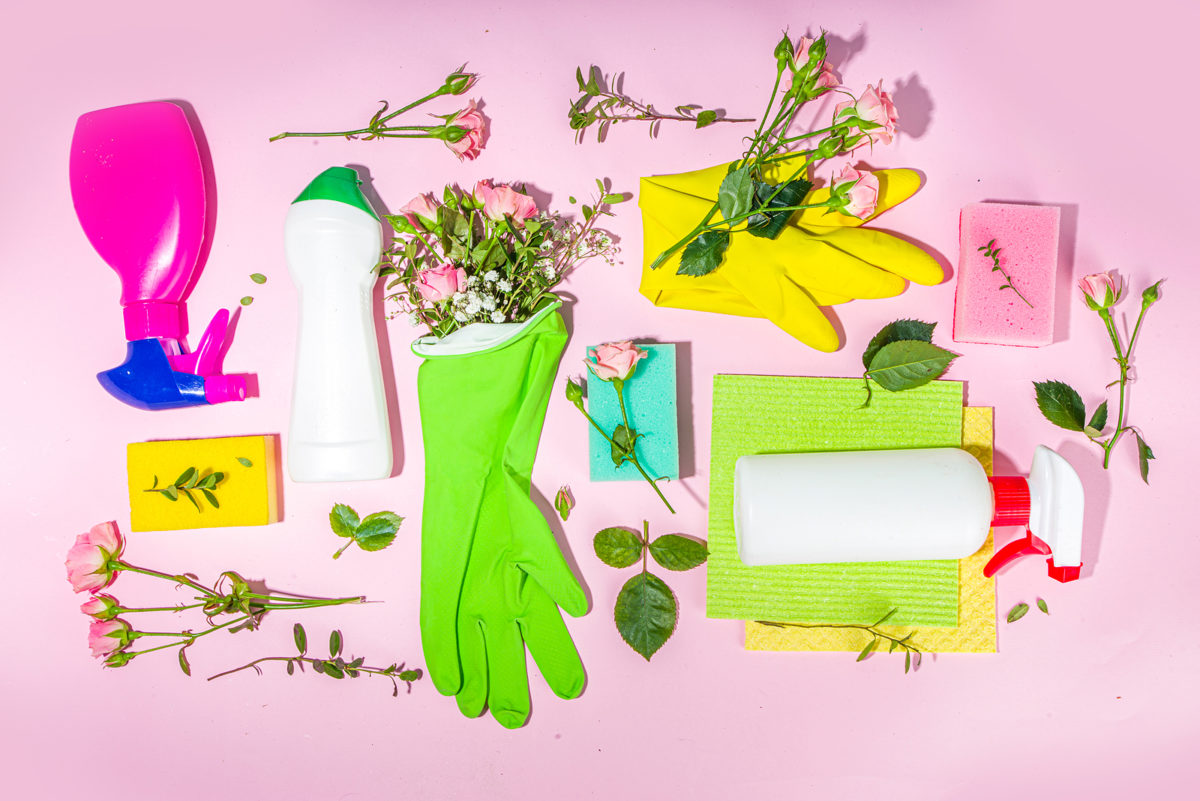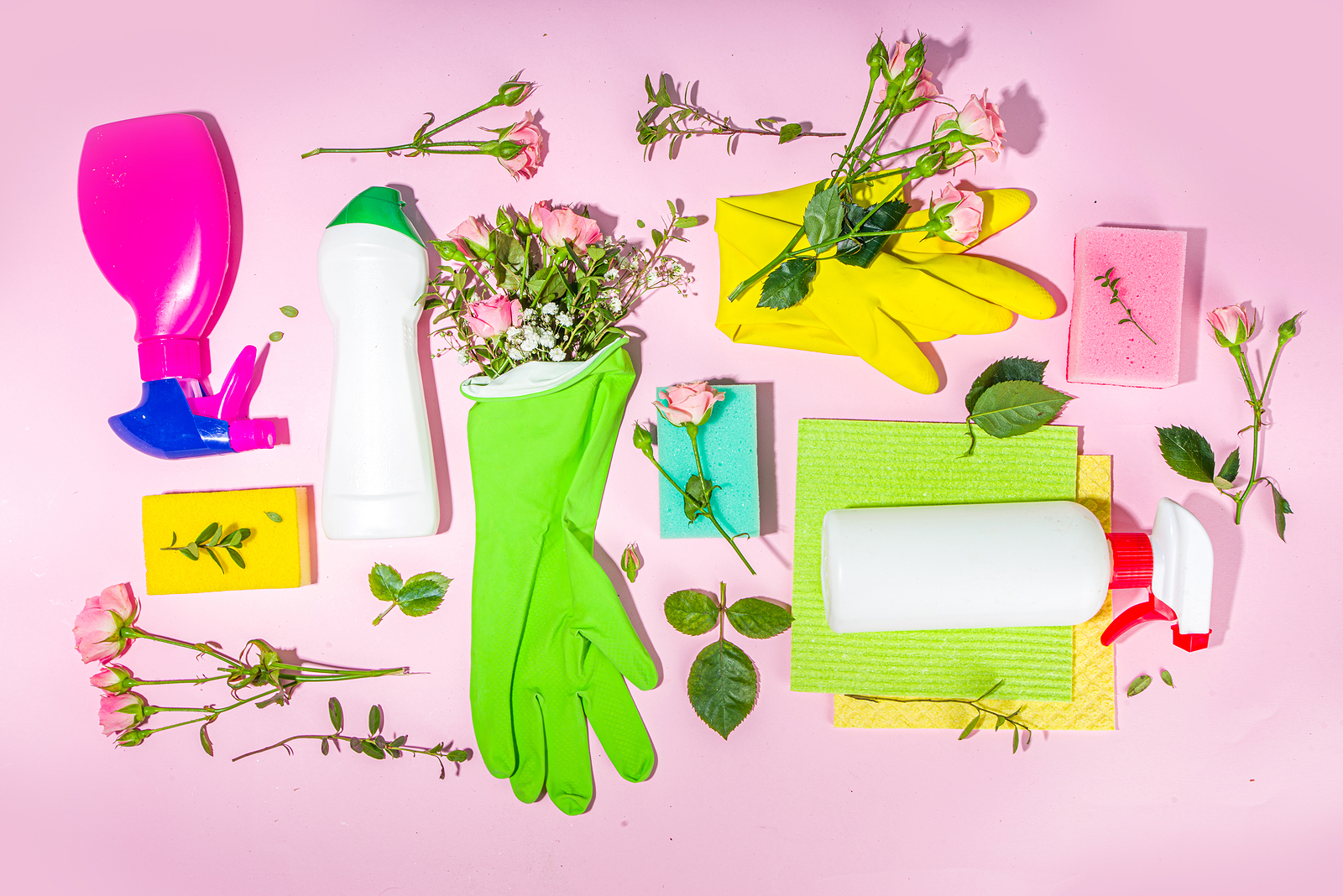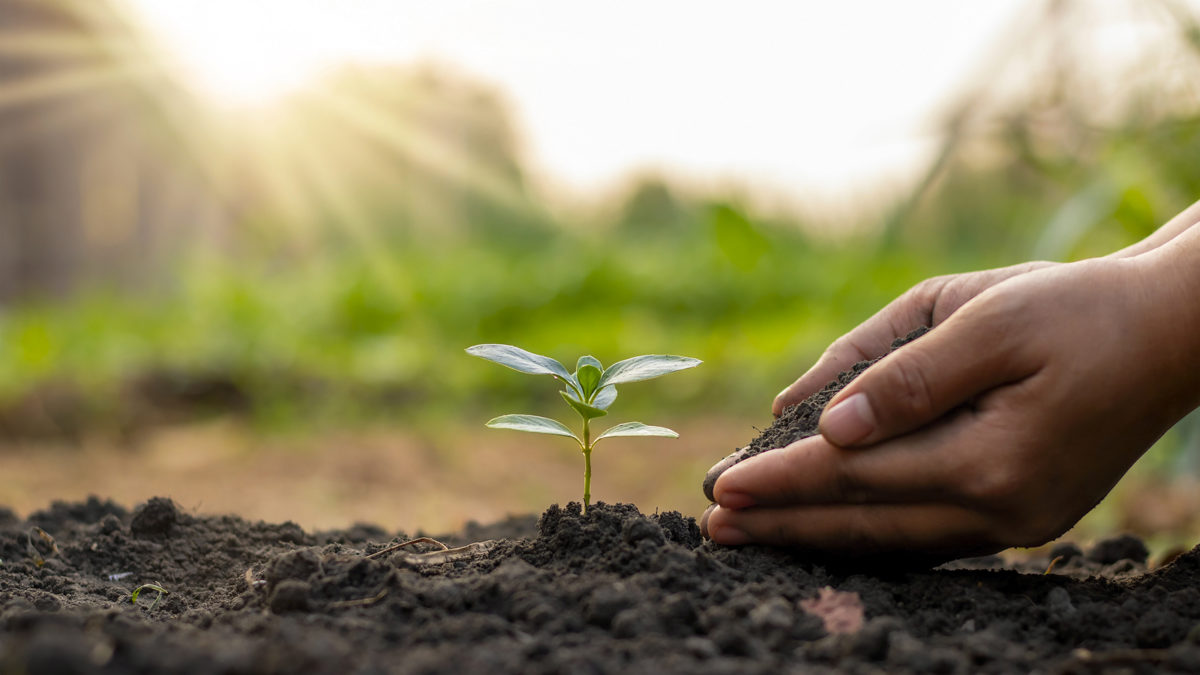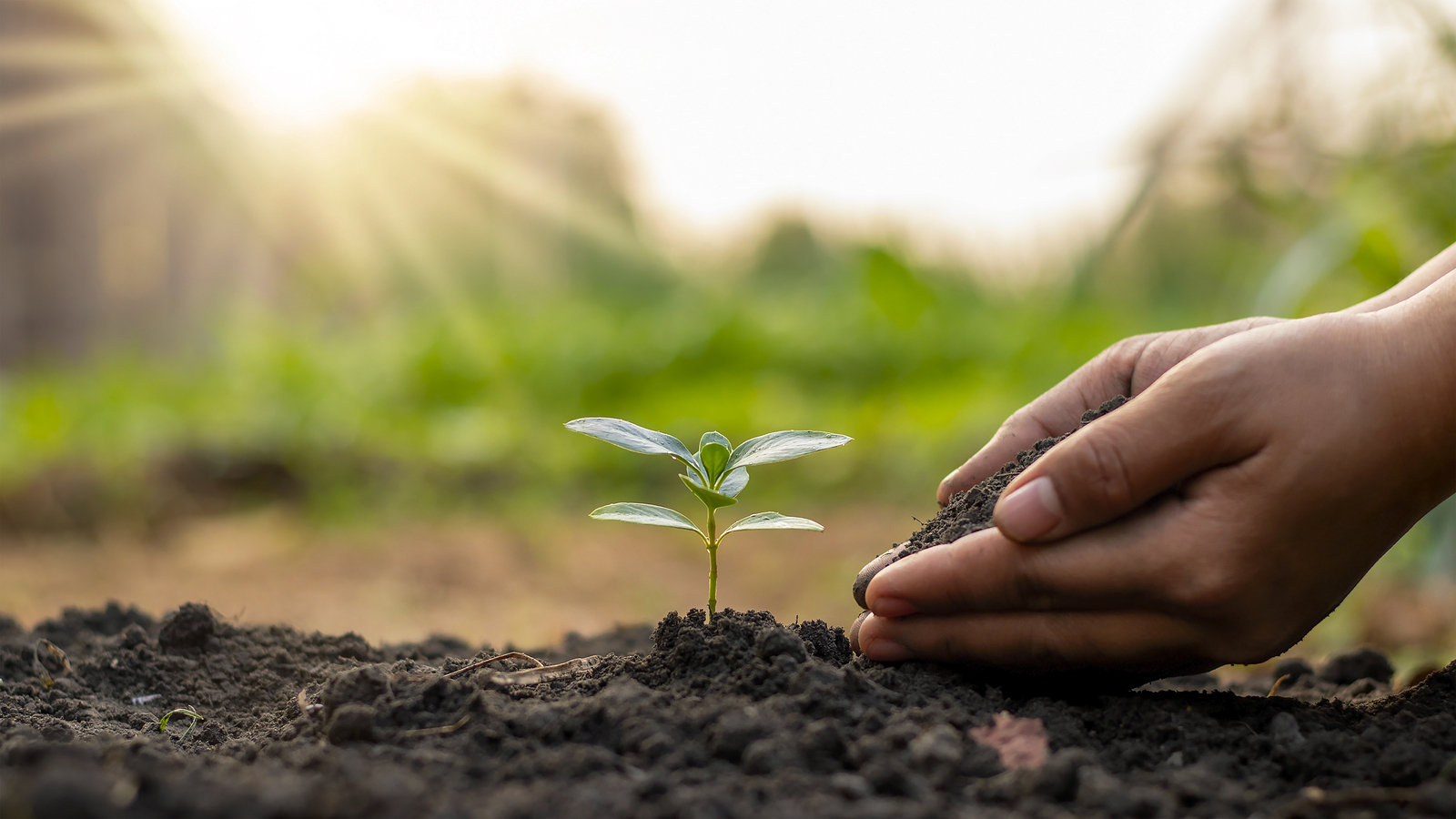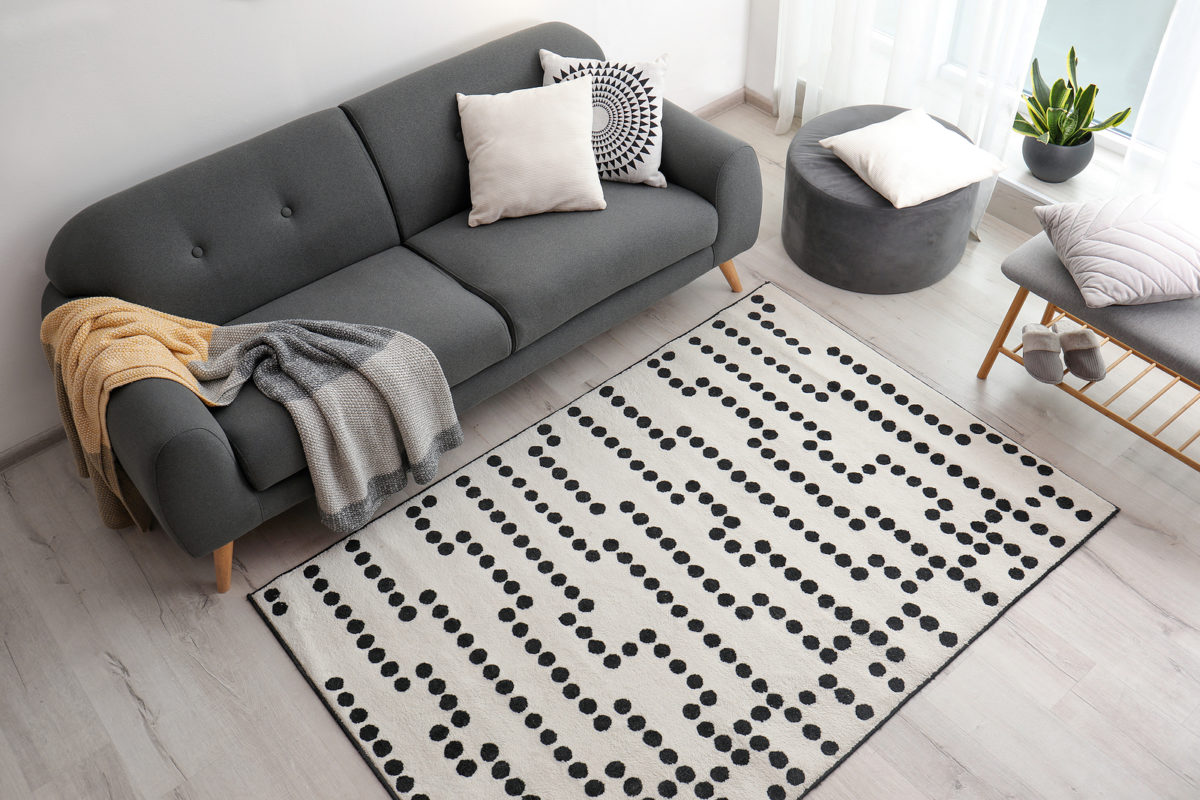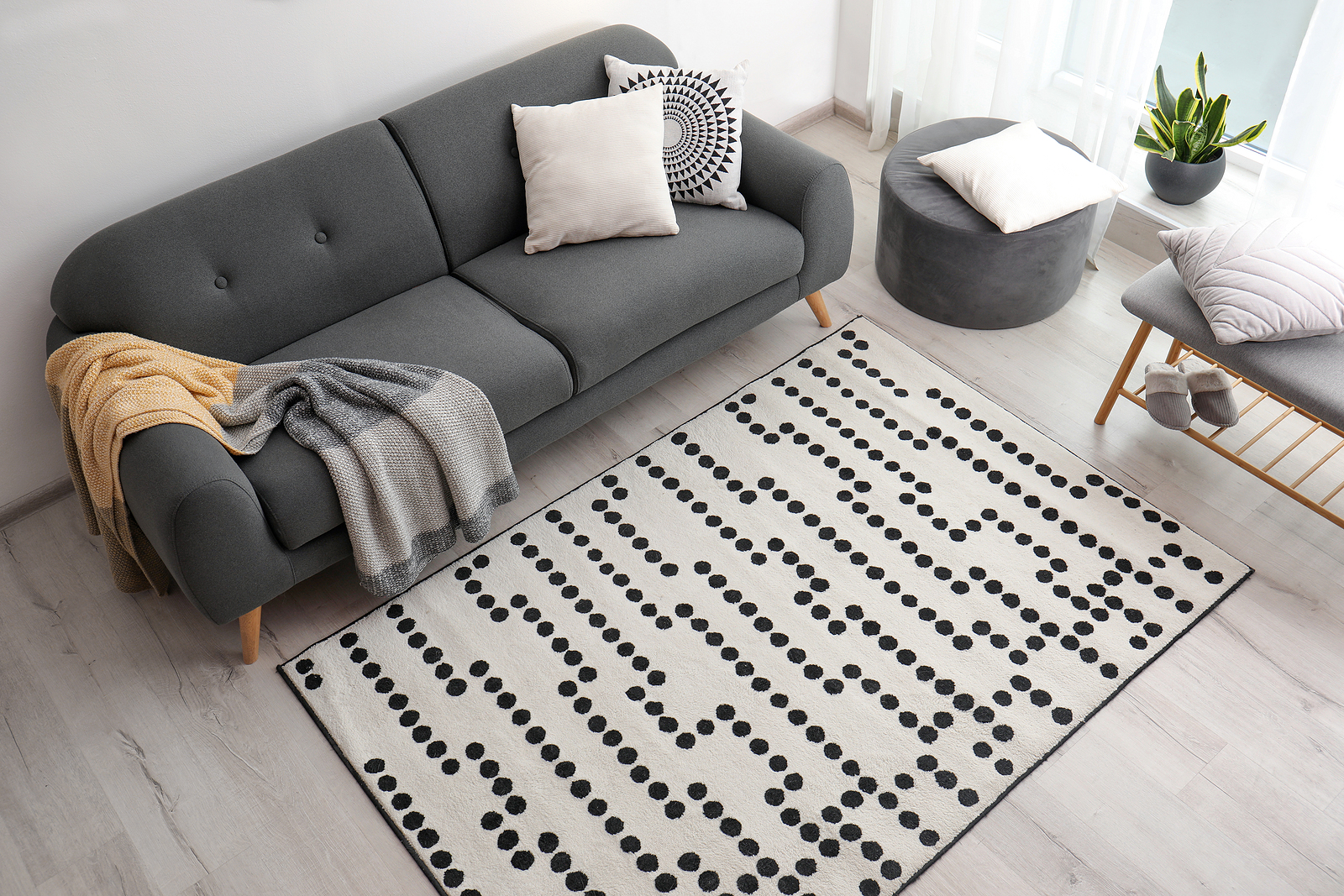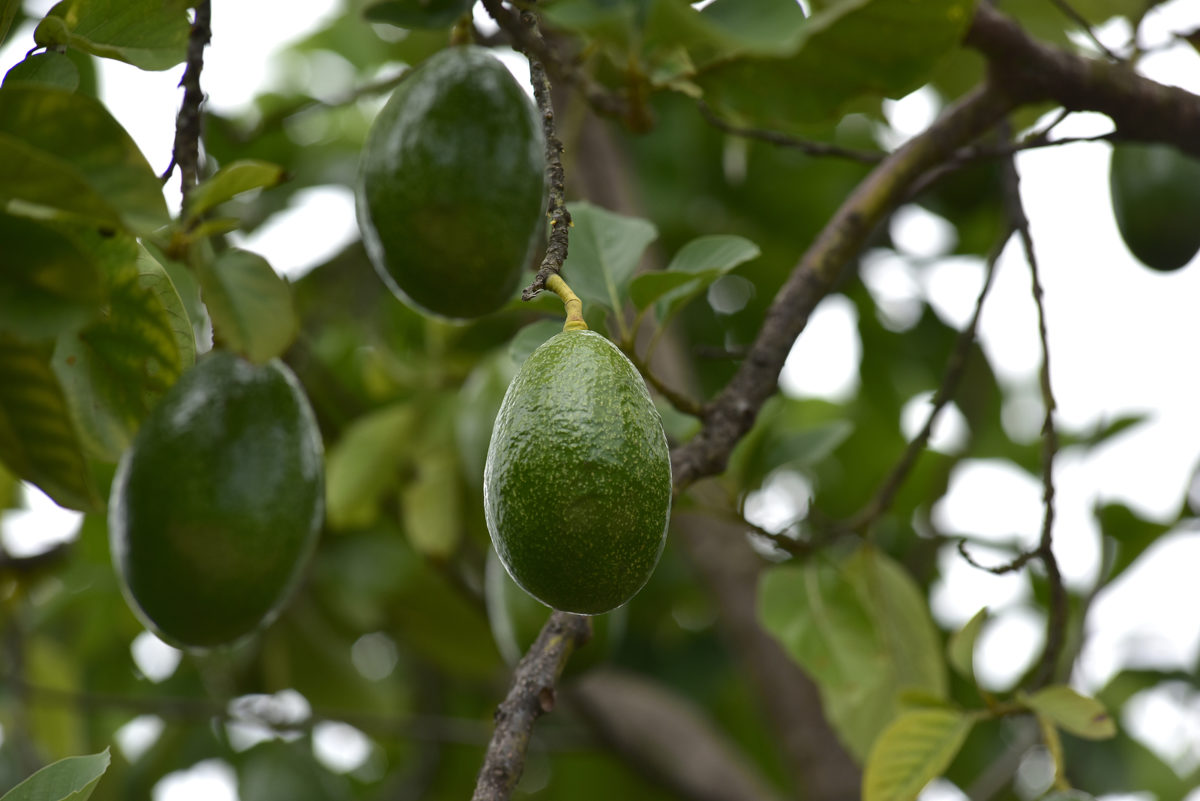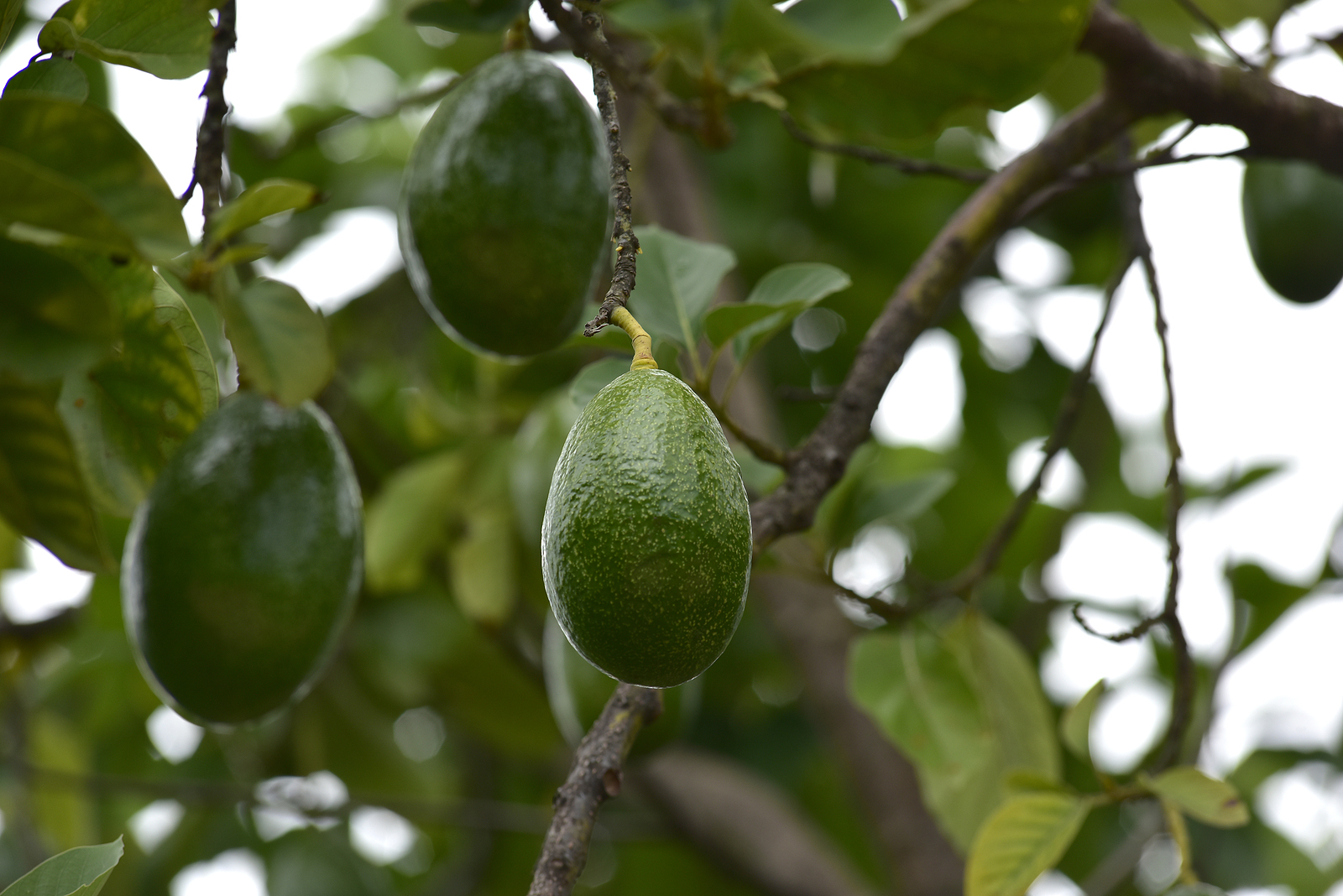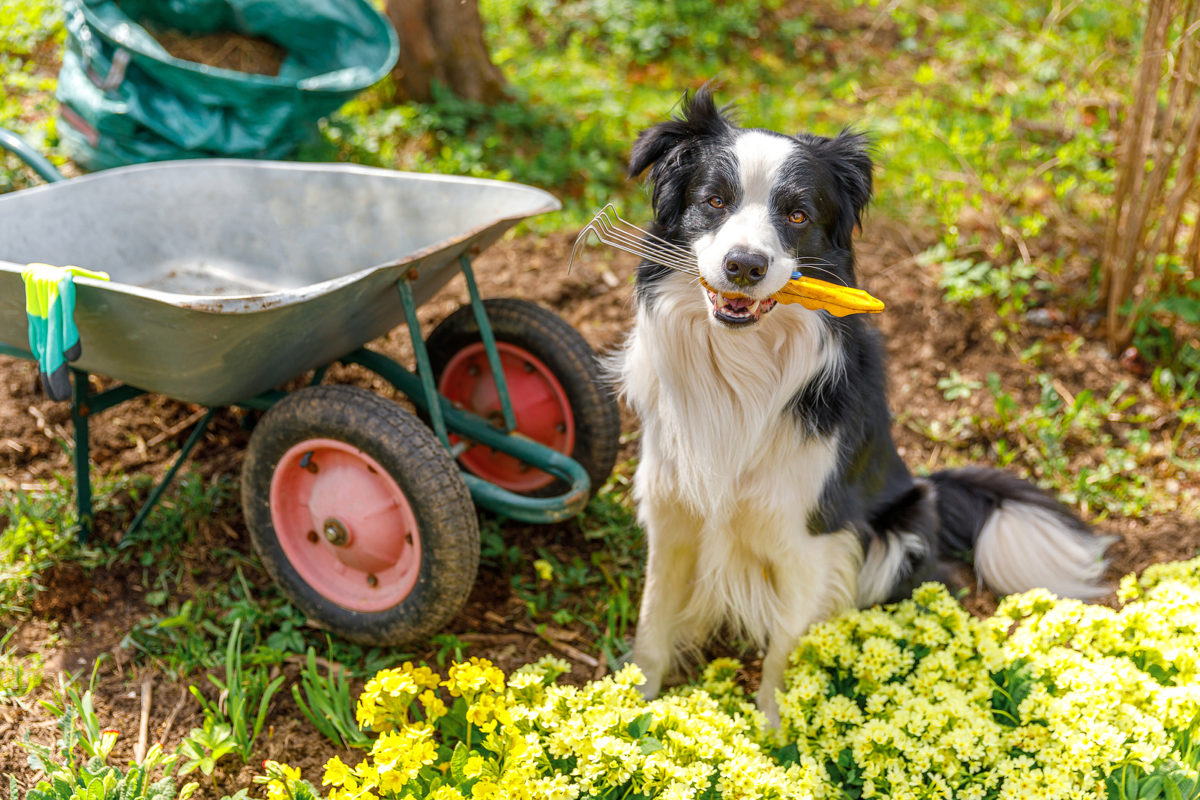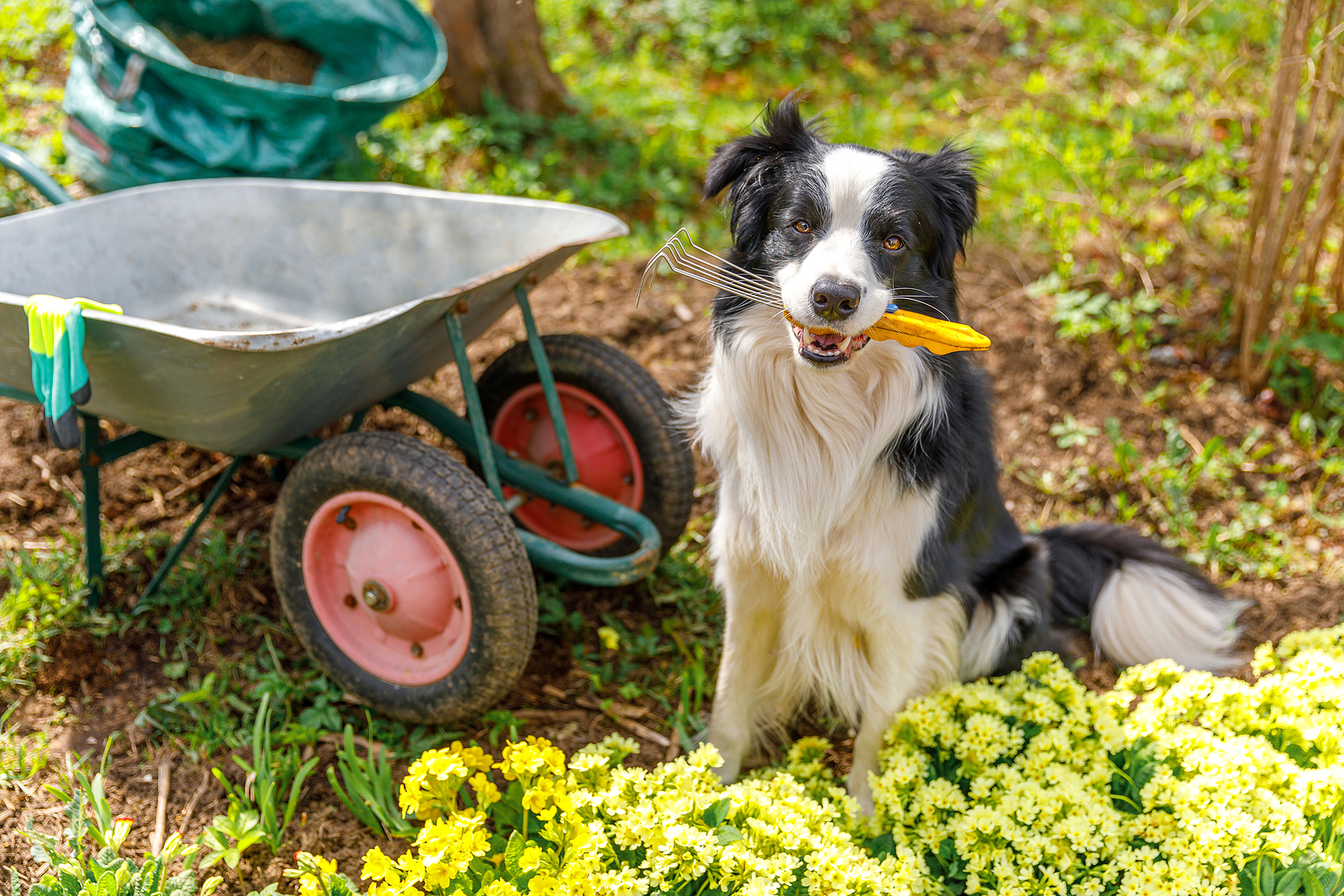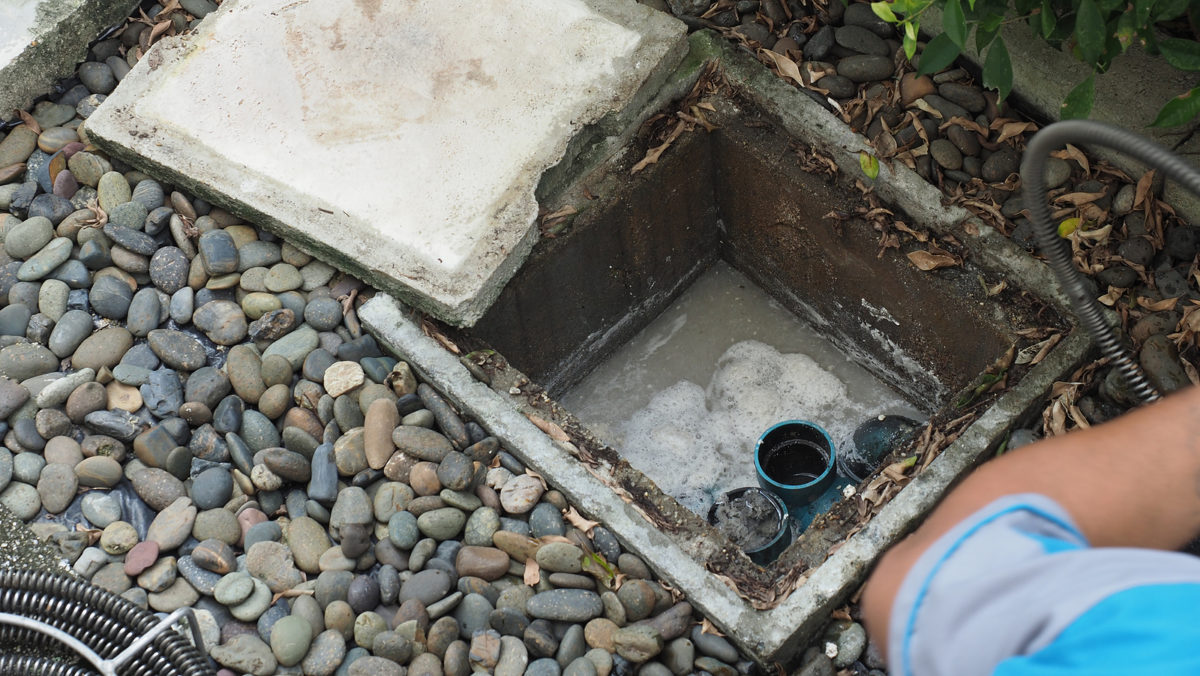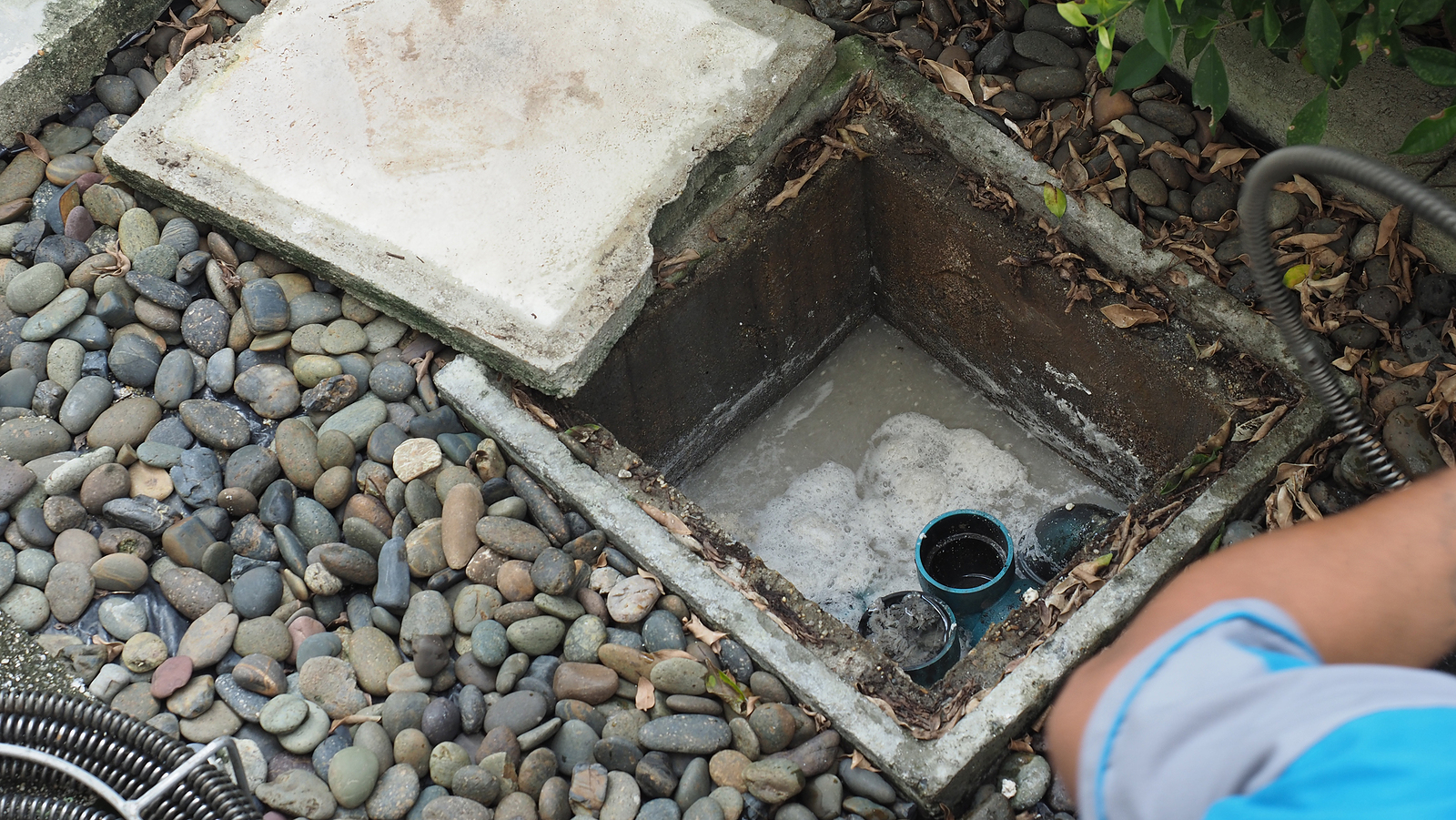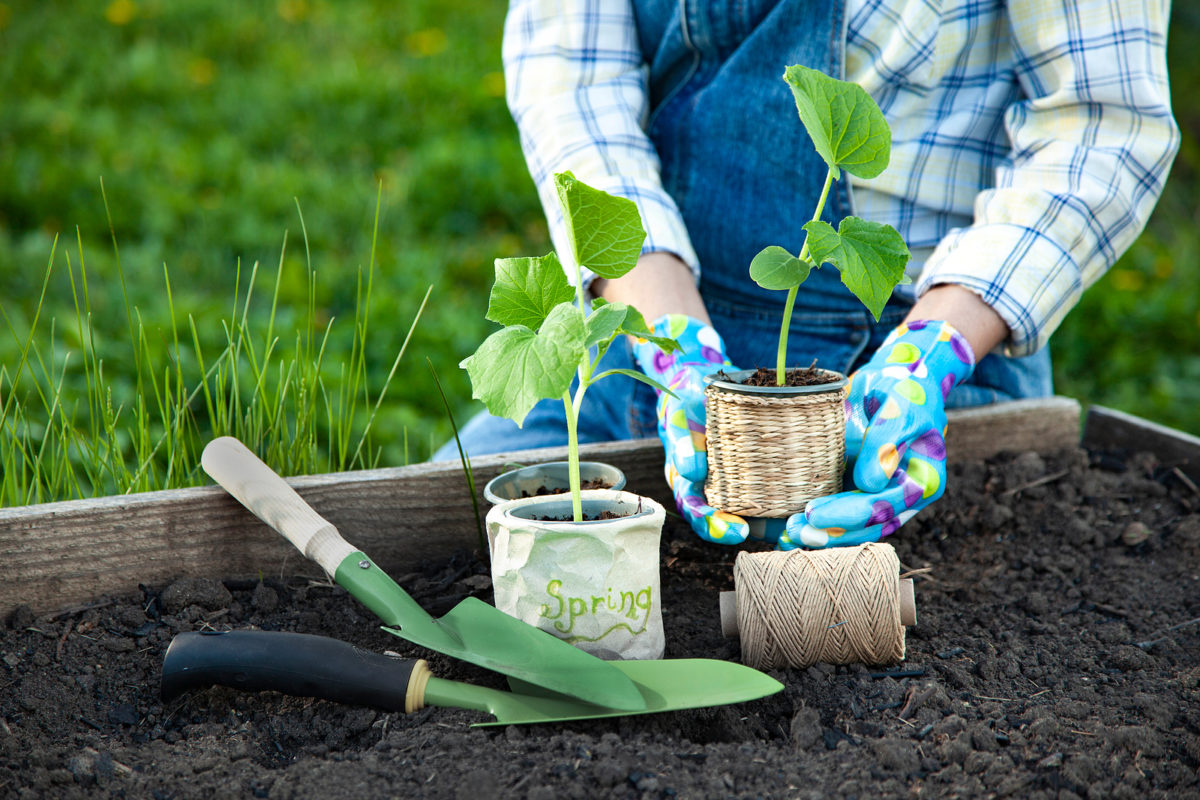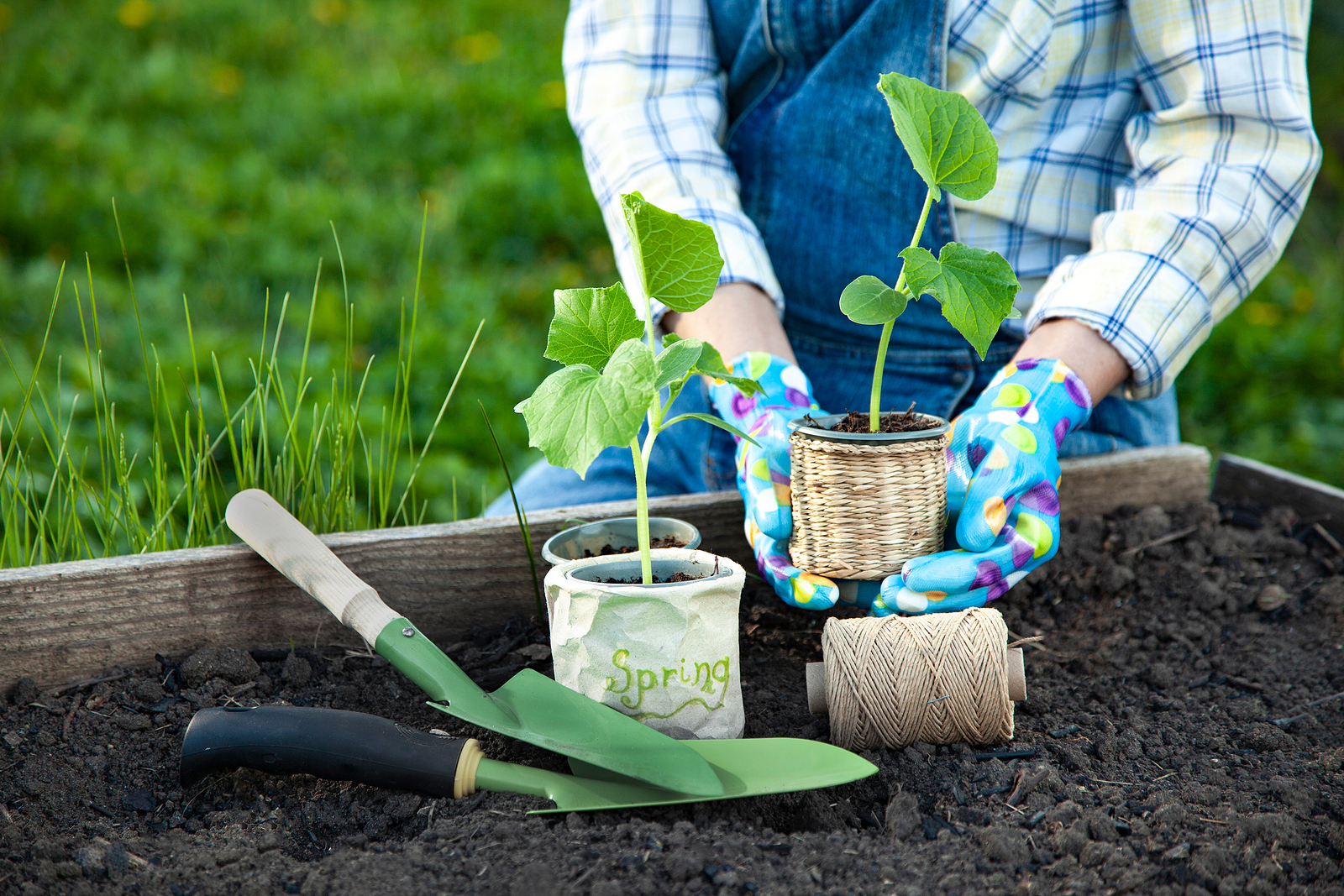The Washington Post calls spring cleaning “the annual guilt trip.” The tradition traces its history to the days when homes were lit and heated with kerosene, wood, coal and oil. When the weather warmed and the sun shone, women would transfer the home’s entire contents to the outdoors and then attack the grime indoors.
Old habits die hard and the spring cleaning ritual is still very much alive. As with any process with multiple “moving parts,” this one is easiest when you break it down into its most basic components.
1. Dust
All those cozy, warm fires you enjoyed over the winter can leave fine dust and ash on most surfaces in the home, including the walls. Get out the duster and get to work, starting with the ceiling, and working your way down.
Don’t neglect the ceiling light and fan. Hardware stores typically carry either long-handled or extendable dusters which will keep you off the ladder and out from under the falling “gunk.”
You can find them online at Lowe’s, Home Depot and Amazon.com.
2. Windows
The wintry mix really takes its toll on our windows but a quick clean will allow all that glorious springtime sunshine to stream through.
Remove fabric window coverings and wash or dry-clean them. If you have blinds, give them a good dusting, then raise them to get at those windows and then remove the screens.
Use a solution of mild dishwashing soap and a strip applicator to wash the windows. Then, swipe a squeegee across them to remove the dirty water. The pros at This Old House offer a handy walkthrough of their easy and effective window-washing process online at thisoldhouse.com.
Once the windows are sparkling, all that’s left to do is to wipe down the sills, clean the tracks (give each a squirt of lubricant after cleaning) and attack those dirty screens. Use the same type of soap-and-water solution you did for the windows and a soft scrub brush on the latter.
3. Baseboards
Even though they aren’t within our direct line of sight when we enter a room, clean baseboards can make the entire room feel fresh.
If there is still dust leftover from your dusting session, get rid of that first. A whiskbroom or even a paintbrush works well for this.
Home maintenance expert Bob Vila recommends using a solution of dishwashing soap and water on painted baseboards, but vinegar and water works as well. If your baseboards don’t require scrubbing, use a magic eraser product instead.
4. Floors
Carpets
The flooring experts at Empire Today recommend a thorough and professional cleaning of the carpets in the home to set the stage for a healthy, happy spring.
Naturally you can DIY this project or, hire pros to do it for you.
Hardwood Floors
Avoid scratching your hardwood floor by getting rid of every last speck of dirt, dust and debris before cleaning it.
Then, use a cleaning solution recommended for the type of finish on your floor. If your hardwood flooring is relatively new, it’s most likely surface-sealed with polycrylic, polyurethane or urethane. Older floors are either not sealed, or finished with oil, lacquer, shellac or varnish.
Surface-sealed hardwood floors are the easiest to clean; just sweep or vacuum and then run a damp mop over them. Floors with other finishes take a bit more work to bring them up to epic spring-cleaning standards.
Depending on the beating the floor took over the winter, this may include stripping the old wax and applying fresh wax and then buffing it. Rent floor buffers at Lowe’s, Home Depot and other home improvement outlets.
Laminate Floors
Popular for their easy-care requirements, laminate floors typically respond well to a damp cleaning with a commercial laminate-floor cleaning product. The experts at Mohawk FloorCare recommend using a microfiber, terrycloth or cotton mop and to avoid wet-mopping (keep it damp) your laminate floor.
Use an acetone-based fingernail polish remover to carefully remove any stubborn stains. Wax or chewing gum will come up by rubbing them with an ice cube and then using (gently) a plastic-edged scraper.
Sure, there are a seemingly-endless number of things that will require a deep cleaning this spring, but focus on the basics first and the rest won’t seem so daunting.
